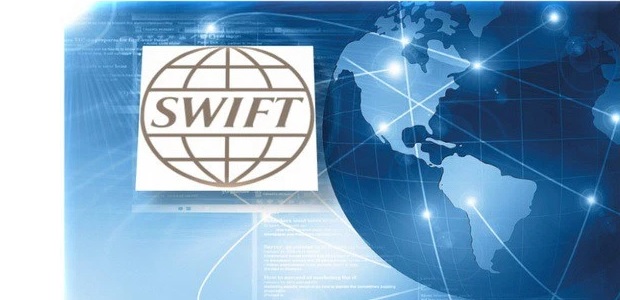SWIFT completes blockchain proof of concept (PoC) to address Nostro account reconciliation issues

Proof of concept is one of the most extensive Hyperledger Fabric 1.0 implementations executed in the industry to date, Swift said.
According to a recently published report by SWIFT, the PoC showed that DLT could deliver the business functionalities and data richness required to support automated real-time liquidity monitoring and reconciliation. It enabled:
. Real-time event handling
. Transaction status updates
. Full audit trails
. Visibility of expected and available balances
. Real-time simplified account entries confirmation
. Identification of pending entries and potential related issues
. Generation of data required to support regulatory reporting
”The PoC went extremely well, proving the fantastic progress that has been made with DLT and the Hyperledger Fabric 1.0 in particular.”, says Damien Vanderveken, Head of Research and Development, SWIFT.
”While successfully meeting all the business requirements that had been set out, the PoC evidenced the considerable pre-requisites for such a solution to be adopted by the industry – for instance, all account servicers would first need to migrate from batch to real-time liquidity reporting and processing, and bank office applications would need to be upgraded to feed the platform with real-time updates.”, according to the press release.
“Although the PoC demonstrated DLT could improve Nostro liquidity management and reconciliation processes, it also revealed that the pre-requisites will have to be met before banks can enjoy the full benefits of switching to a DLT process”, added Vanderveken.
On a positive note, according to the report, SWIFT can help facilitate the necessary improvements in the Nostro process by helping its community migrate towards real-time liquidity reporting and processing through SWIFT gpi. Also, the report notes that unique identification of each entry is the cornerstone of any liquidity and reconciliation solution. The re-use of the gpi unique end-to-end transaction reference, leveraging SWIFT’s central payments tracker for this purpose is an obvious choice.
According to Vanderveken, The PoC also showed that further progress is needed on the DLT technology itself before it will be ready to support production grade applications in large-scale, mission-critical global infrastructures. For example, while 528 channels were required in the PoC to ensure Nostro accounts would only be stored on the nodes of their account servicers and owners, to productise the solution, more than 100,000 channels would need to be established and maintained, covering all existing Nostro relationships, presenting significant operational challenges.
Commenting on the emergent technology, SWIFT’s Chief Platform Officer, Stephen Gilderdale added “It is a strategic priority for SWIFT to work with new technologies like DLT and incorporate them into key solutions like gpi. We are already working on new PoCs and will continue our R&D efforts to ensure that SWIFT customers will be able to leverage their existing SWIFT infrastructure and connectivity to benefit from blockchain services, whether offered by SWIFT or by third parties, on a secure and trusted platform.”
PoC implementation – One of the industry’s largest ever blockchain initiatives
Dariusz Mazurkiewicz – CEO at BLIK Polish Payment Standard
Banking 4.0 – „how was the experience for you”
„To be honest I think that Sinaia, your conference, is much better then Davos.”
Many more interesting quotes in the video below:













